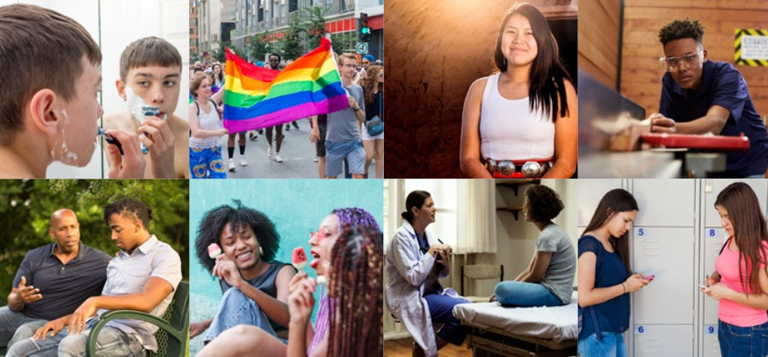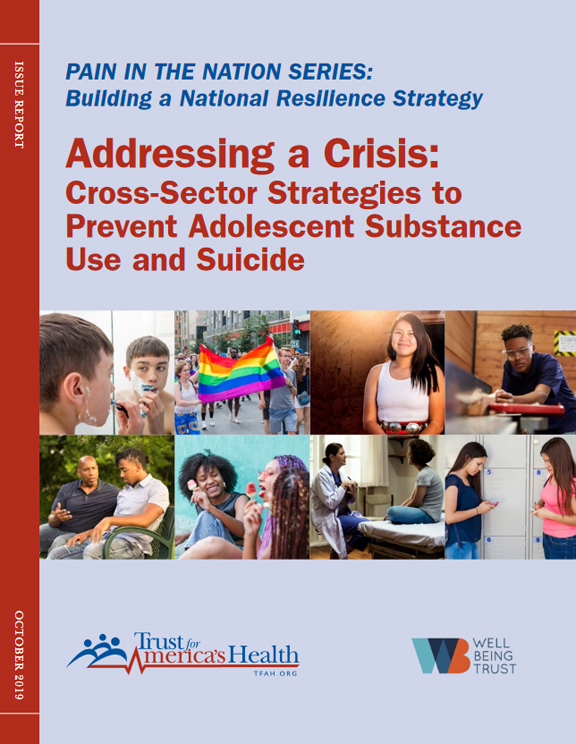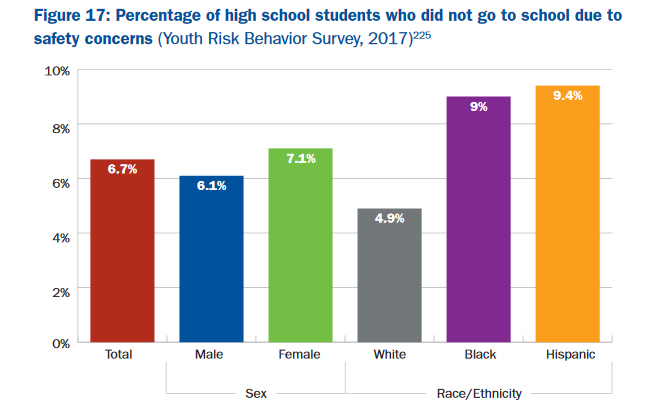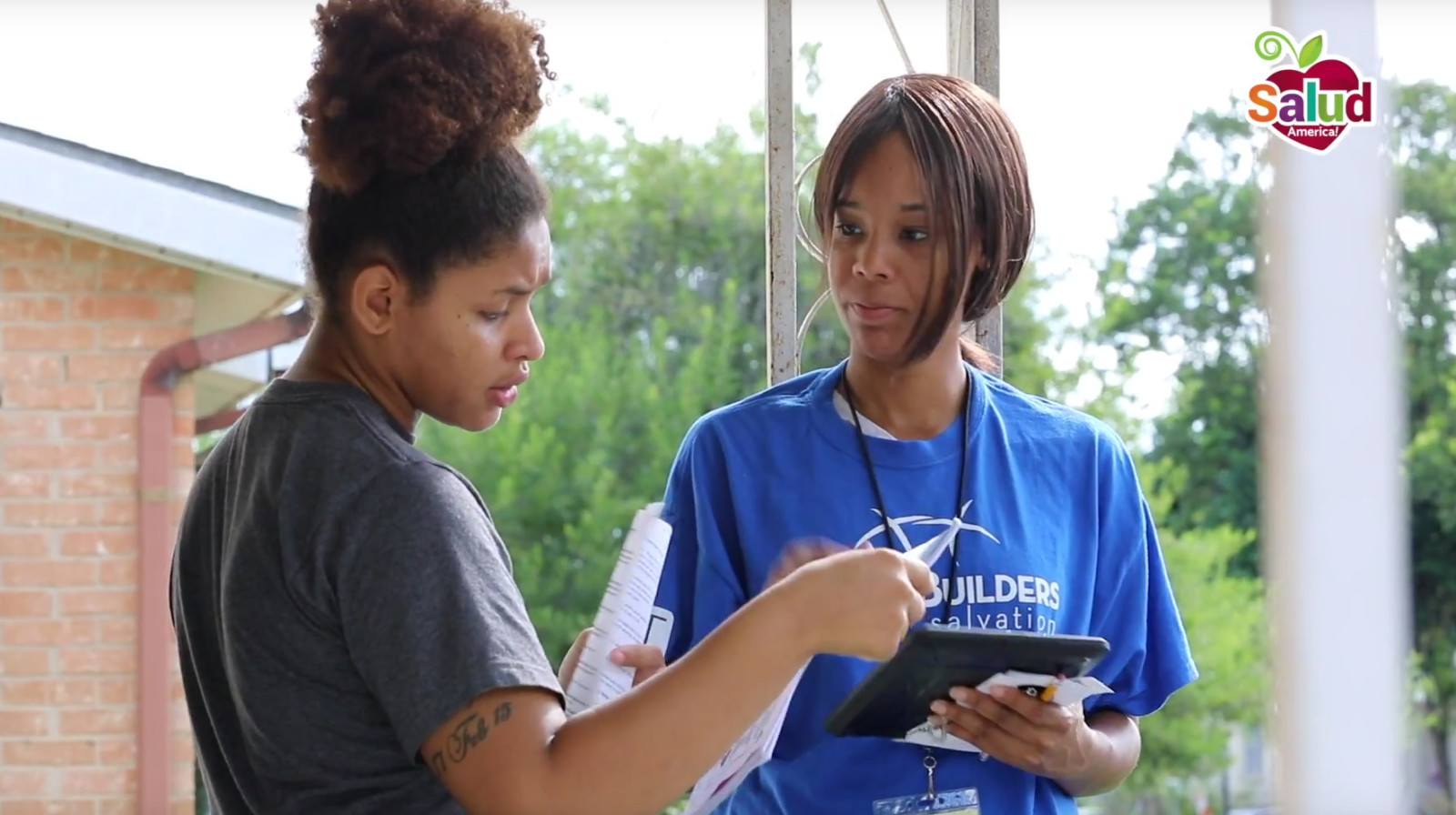
Share On Social!
Youth suicides have spiked over the last decade, and substance misuse is exacting a heavy toll on teens, according to a new report.
The report from Trust for America’s Health and Well Being Trust, Addressing a Crisis: Cross-Sector Strategies to Prevent Adolescent Substance Use and Suicide, indicates that trends are worse for racial/ethnic, gender, and other minority youth.
The report also highlights emerging approaches to help put youth on healthy pathways into adulthood.
“Adolescence is a challenging time when the impact of poverty, discrimination, bullying and isolation can be intense,” said John Auerbach, head of Trust for America’s Health, in a statement. “Fortunately, there are policies and programs that can reduce some of these circumstances and the risks associated with them by strengthening teens’ coping and emotional-skills – skills that can improve their health and led to their succeeding in schools.”
Trends in Youth Substance Misuse and Suicide
 The trends for youth overall are scary enough.
The trends for youth overall are scary enough.
- The suicide rate among those ages 12-19 jumped 87% between 2007 and 2017. This makes suicide the second-leading cause of death among adolescents.
- In 2017, 7.4% of high schoolers nationwide attempted suicide within the preceding 12 months.
- Nearly 3,000 youth ages 12-19 died by suicide in 2017.
But certain youth face an even tougher road.
Trends in Latino Youth Substance Misuse and Suicide
Latino youth often suffer social isolation, bullying, and discrimination. They are more likely than their peers to have mental health issues, which usually go unaddressed and untreated, according to a Salud America! research review.
Racial/ethnic, gender, and other disparities persist, according to the new report by Trust for America’s Health.
- Among sexual minority youths, Latino and Native American/Pacific Islander youth were 50% and 66% more likely, respectively, to attempt suicide than Whites.
- A higher percentage of Latino students in 8th and 12th grades used substances in 2018—including cocaine, crack, crystal methamphetamine, and sedatives—than White and African American students.
- Black adolescents report receiving less substance use specialty care than White adolescents. Both Black and Latino adolescents report receiving less informal substance use care than White adolescents.
- Studies show punitive school disciplinary policies, such as expulsions or out-of-school suspensions, negatively affect school climate and contribute to lower academic achievement, increased risk for dropout, involvement in the juvenile justice system, and incarceration in adulthood. Latino kids are disproportionately targeted by harsh school discipline policies.
“Explanations for this high prevalence of substance use include challenges integrating into a new culture; discrimination and language barriers; poor living conditions; and drug use and associated norms among family, peers, and the broader community,” according to the new report.
School Connectedness and Improving Student Mental Health
School connectedness is vital for youth at increased risk for feeling alienated or isolated from others.
 Feeling more connected to schools and families during adolescence has been shown to improve mental health and reduce substance misuse in later life. Adolescents who felt more connected to their schools and communities had a 65% lower risk of lifetime prescription drug misuse and other illicit drug use.
Feeling more connected to schools and families during adolescence has been shown to improve mental health and reduce substance misuse in later life. Adolescents who felt more connected to their schools and communities had a 65% lower risk of lifetime prescription drug misuse and other illicit drug use.
Safe and supportive learning environments prioritize student engagement and connectedness, safety, and a healthy environment. Creating a positive school environment can moderate against many of the risk factors for substance misuse or suicide and can contribute to improved outcomes, such as higher academic achievement and engagement and social-emotional health, as well as lower absenteeism, fewer suspensions and expulsions, lower levels of substance use, less engagement in deviant behaviors, and fewer dropouts.
Yet a higher percentage of black and Hispanic students—compared with white students—miss school because of safety concerns.
The good news is that we can improve school connectedness.
“Policies and programs designed to promote a positive school climate create the conditions for connectedness by building the social and emotional competence of each member of the school community, both individually and collectively,” according to the report. “Supportive school personnel, inclusive school environments, and curricula that reflect the realities of a diverse student body can also help gender or sexual minority students, homeless students, and students with disabilities become more connected to their school.”
Addressing and Reducing Childhood Trauma
The new report also suggests taking trauma-sensitive approach to student health.
 Some youth have a history of childhood trauma or adverse childhood experiences (ACEs)—divorce, poverty, abuse, parental mental illness or incarceration, homelessness, bullying, etc.—that heighten their risk of poor health outcomes.
Some youth have a history of childhood trauma or adverse childhood experiences (ACEs)—divorce, poverty, abuse, parental mental illness or incarceration, homelessness, bullying, etc.—that heighten their risk of poor health outcomes.
In fact, half of youth ages 12-17 have experienced at least one ACE.
Some youth experience more trauma than others. Three in four Latino kids experience at least one ACE, according to Salud America! Research Review: The State of Latino Early Childhood Development.
Trauma-sensitive schools are one emerging solution.
The new Salud America! “Trauma Sensitive School Action Pack” is a free guide with coaching to help school personnel talk to decision-makers, build a support team, craft a system to identify and support traumatized students, and more!
Another helpful program is Handle With Care.
Download the free Salud America! “Handle With Care Action Pack” to start a Handle With Care program. In the program, police notify schools when they encounter children at a traumatic scene, so schools can provide support right away.
Over 65 U.S. cities have started such a program.
A Neighborhood Path to Better Youth Health
The federal Promise Neighborhood initiative is another way to support for youth and families.
For example, the Eastside Promise Neighborhood in San Antonio has offered family cooking classes and door-to-door community health connectors.

San Francisco’s Mission Promise Neighborhood (MPN) puts family economic security at the heart of its efforts to improve youth outcomes.
“By connecting families to community supports—including immigration and legal services, job training, housing assistance, financial coaching, and computer training—MPN is working to reduce inequities within their community,” according to the report by Trust for America’s Health.
“Over the last five years, graduation rates within the MPN increased 25 percent among Latino students and 47 percent among Black students—outpacing overall rates in San Francisco Unified School District.”
Recommendations for Policy Action to Boost Student Mental Health
To reverse the rates of teen substance misuse and suicide, communities across the country should adopt a prevention framework to create a collective approach to both reduce risk and promote protective factors in teens’ lives.
 Specific policies suggested are:
Specific policies suggested are:
- The federal government and state legislatures should create and/or scale up policies that support families. These include increases to federal and state earned income tax credits and programs that provide access to health insurance and affordable housing.
- Congress should increase funding for substance misuse and suicide prevention including Project AWARE and the Garrett Lee Smith State/Tribal Youth Suicide Prevention and Early Intervention Grant program.
- States should expand Medicaid services in schools using flexible models, such as school-employed providers, school-based health centers and telehealth.
- Congress should increase investments in the CDC’s Division of Adolescent and School Health. This effort promotes safe and supportive learning environments in schools nationwide. Mental health services should be available in all schools.
- Public and private funders should incentivize strategies that address common risk/protective factors across all adolescent serving sectors.
- All youth-serving systems should adopt trauma-informed and culturally appropriate policies and practices and should engage youth leaders in program development.
“We know strategies that are proven to work and can improve mental health and well-being among our young people,” said Dr. Benjamin F. Miller of Well Being Trust. “From Zero Suicide to Youth Mental Health First Aid to LifeSkills Training programs and dozens of other initiatives, there are solutions out there – why this is not the first question of every Presidential debate, prioritized in Congress, and in every state legislature is beyond me.”
“Our country has failed to devote the time, energy, and resources to our youth.”
By The Numbers
142
Percent
Expected rise in Latino cancer cases in coming years



